Bay Area Housing Prices on the Rise, Buyers Not Giving Up: Zillow analysis showed that the number of home sales in seven core counties in the Bay Area and Silicone Valley is on the rise. Despite the COVID-19 crisis, home buyers and home sellers were rushing to join the market in April. Spring is otherwise the busiest period for home sales, however, many countries in the US have reported decreasing sales in the housing market with the virus outbreak. Still, buyers in the wider Bay Area are eager to get their new homes despite restrictions, the rising level of unemployment, and the rising prices in the housing market.
Table of Contents
Bay Area Recording Increasing Home Sales
Zillow reports jumping prices in the wider Bay Area, noting a 7% rise in the home prices in Alameda County and a 6% rise in Santa Clara County. Single-family homes were being sold at an average price of around 896,000$ in the Bay Area. Many sellers retreated due to the COVID-19 outbreak and restrictions that included social distancing. With home touring on hold, home sales were set on a decline. However, with spring coming to an end to greet summer, economists expect to see home sales rising in other areas in the US as well.
Low Interest Rates and Low Housing Inventory Bringing Home Prices Up
The COVID-19 outbreak has brought mortgage rates to historic lows, which is coming off as more than tempting for many home buyers. At the same time, home sellers retreated during the outbreak crisis, which is why home inventory is running low as a result. The two factors – declining housing inventory and low rates – are causing the prices of homes to rise in the Bay Area and the US.
Bay Area Buyers and Sellers Still Cautious
Although the Bay Area is recording a favorable activity in terms of home sales in April, the area is still noting lower sales when compared to the last year. Single-family homes in some of the Bay Area counties dropped from -21% in Santa Clara, -27% in Alameda, -10% in Contra Costa, and 22% in San Mateo.
Bay Area Housing Market Predictions 2020: Home Sale Forecasts
According to the latest forecast by Zillow, home prices are expected to drop between -2% and -3% in the following period of 2020. Moreover, home sales have already dropped by -60%. Bay Area is still roaring, however, untouched by rises and dips of the economy. As analysts claim, Bay Area may see price drops and light discounts in 2020 with the current situation. During shutdowns and halts amidst pandemics, the Bay Area sellers and buyers have retreated, while there is a strong demand and only a few homes for sale.
National Home Sales Expected to Rebound
The market is experiencing shocks in demand and supply when it comes to the housing market. Analysts expect to see home sales recovering gradually from the dip noted in spring. The recovery is expected by the end of 2021. Due to the long-term shortage in home supplies, Bay Area shouldn’t see more dips than the rest of the country.
Buy Offers Still Active in the Bay Area, Local Agents Claim
According to the listing website, the average price for a home sale in the Bay Area in February was set at 888,000$ in the sector of single-family homes. Despite the overall shutdowns and active pandemics crisis, local agents are reporting offers for starter homes. According to analysts, the reports on the housing market in 2020 are mild when compared to the crisis in 2008. Back in 2008, home prices in the area were driven down by -30%.
The Housing Market Predictions for 2020 by Zillow
Before the outbreak took place, analysts predicted a stable year in the housing market with low mortgage rates and low inventory. However, predictions are changing at large, while Zillow is predicting a drop by -4% in home sale prices in the worst-case scenario. Moreover, home sales should continue to drop as well through 2020 and 2021. The best-case scenario predicts drops from -1% to -2% until summer when buyers could return to the markets.
2021: Home sales, prices expected to dip, recover slowly
Bay Area prices unlikely to slide, Zillow analysts say. According to MercuryNews; Zillow economists plotted three general scenarios, based on how much damage the pandemic could do to the national economy. In a worse-case scenario, home prices will fall as much as 4 percent and sales will lag through 2021. In the best-case scenario, prices will dip just 1 or 2 percent through the summer, then buyers and sellers will rush back into the market.
The most likely scenario has home sales returning to pre-pandemic levels at the end of next year, according to Zillow. The projections also anticipate that federal relief packages will help keep many people in their homes, Olsen said.
The forecast expects a 4.9 percent drop in gross domestic product in 2020, then rebounding with a 5.7 percent increase next year. Dramatic changes in the course of the pandemic — including a spike in new cases in the fall and winter — could change all of that. Olsen said the real estate market is much more stable than in 2008. About 9 in 10 home mortgages today are fixed, 30-year terms, with far fewer adjustable rate mortgages that allowed less creditworthy buyers into the market.
Below is a look at the past 30+ years of San Francisco Bay Area real estate boom and bust cycles. According to bayareamarketreports.com; Financial-market cycles have been around for hundreds of years, from the Dutch tulip mania of the 1600’s through today’s speculative frenzy in digital-currencies. While future cycles will vary in their details, the causes, effects and trend lines are often quite similar. Looking at cycles gives us more context to how the market works over time and where it may be going — much more than dwelling in the immediacy of the present with excitable pronouncements of “The market’s crashing and won’t recover in our lifetimes!” or “The market’s crazy hot and the only place it can go is up!”



